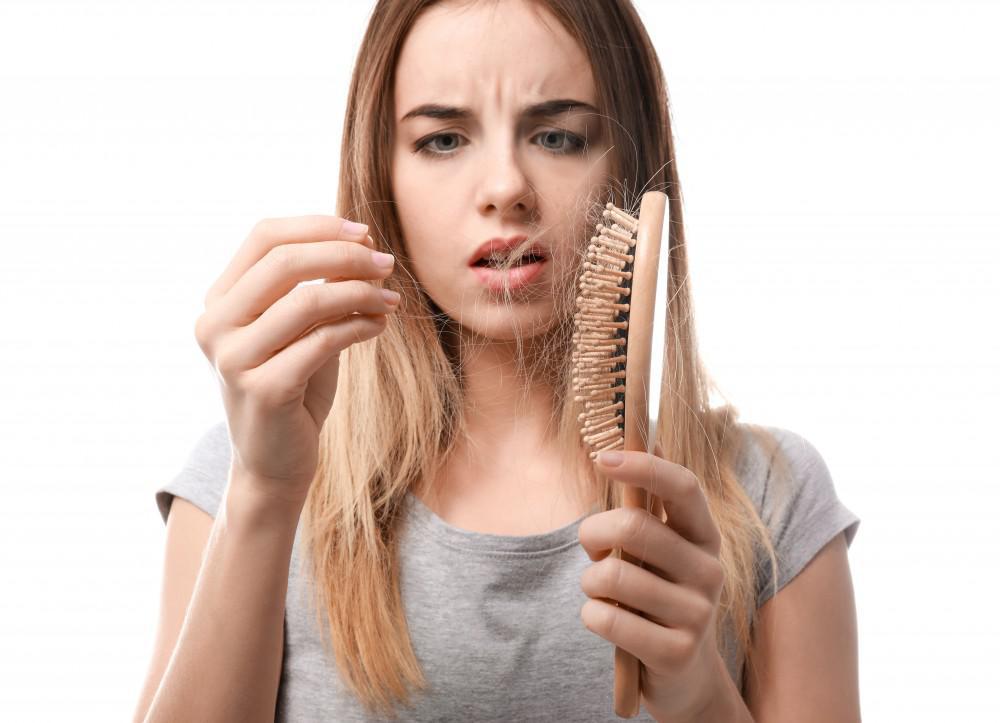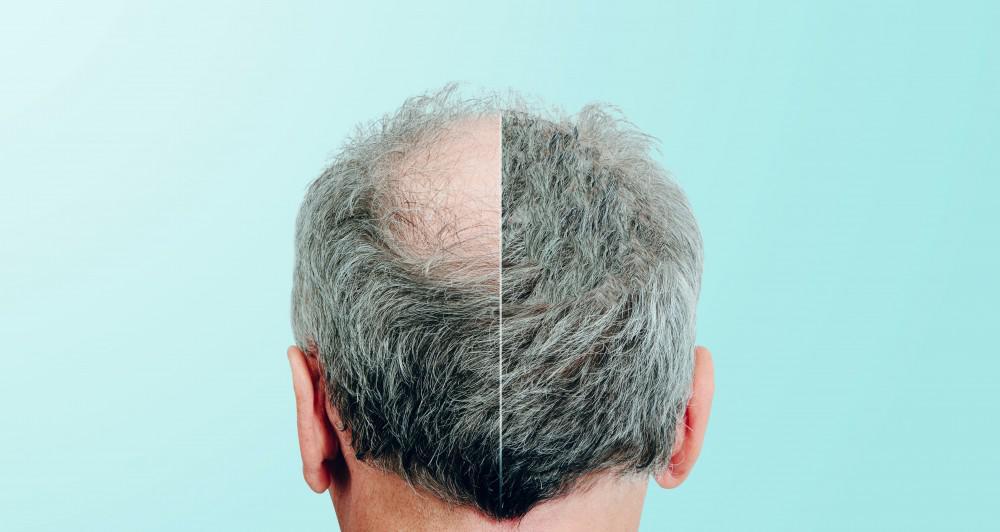
2 Different Patterns of Baldness and What They Mean
If you’re one of the many American adults struggling with hair loss, you should know the right treatment depends on different factors, including your type of hair loss. Keep reading to learn about two common patterns and what they mean for you.






























